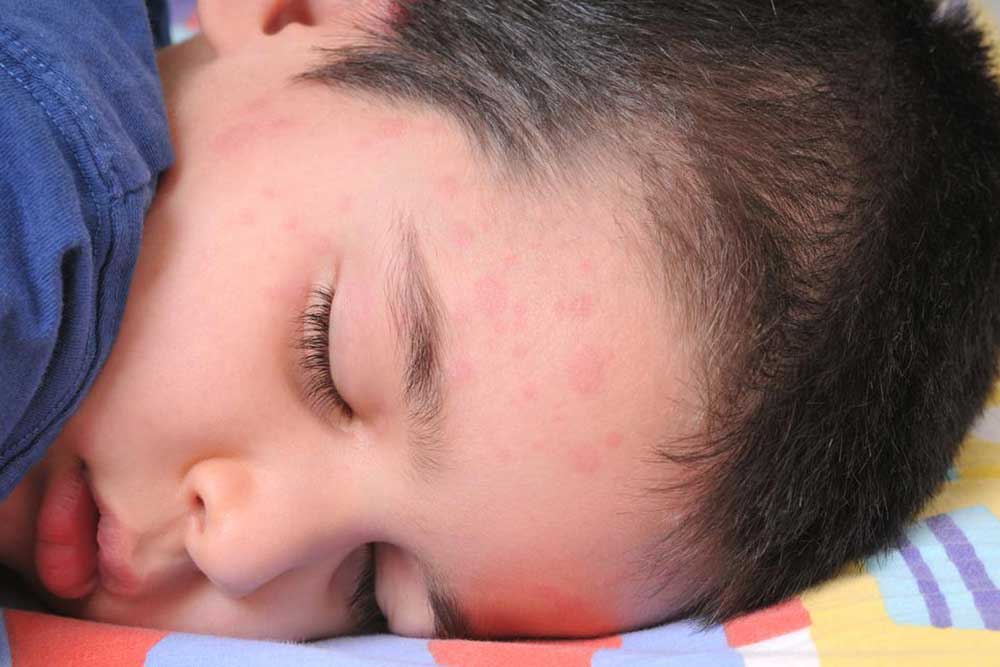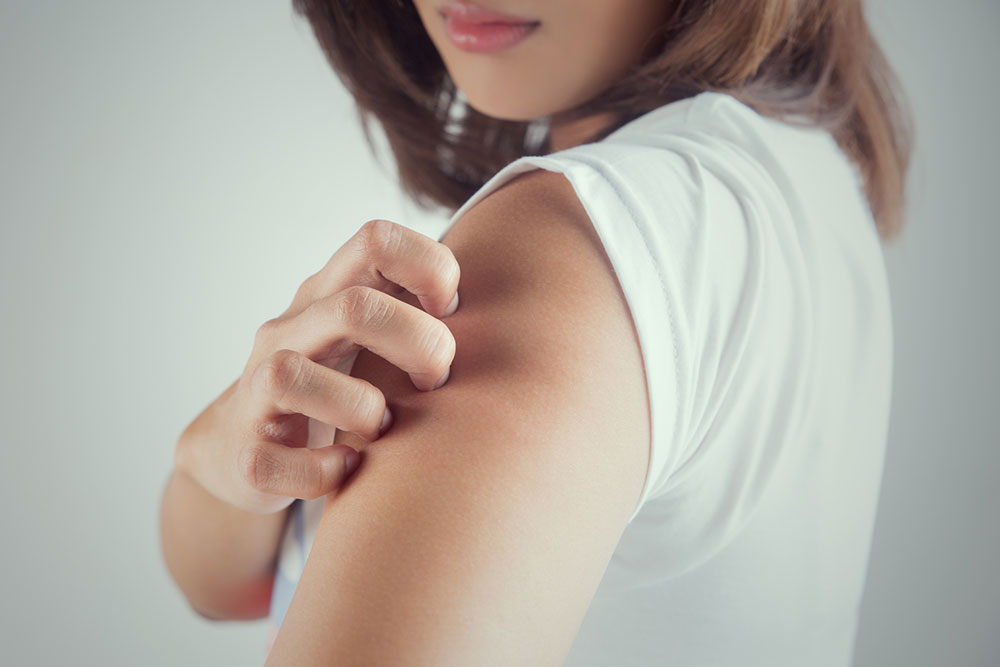Understanding the Most Common Types of Skin Rashes
This article explores the most prevalent types of skin rashes, including psoriasis, hives, drug reactions, heat rashes, fungal, bacterial, and parasitic infections like scabies and tinea. Recognizing these common skin conditions through visual cues can aid in early diagnosis and treatment. The content emphasizes the importance of consulting healthcare professionals for proper care and highlights the role of images in understanding skin disorders. It serves as a helpful guide for anyone seeking to learn about various skin rashes and their features.

Understanding the Most Common Types of Skin Rashes
Skin rashes involve inflammation or color changes on the skin's surface. Browsing images of skin rashes online can provide useful insights, but visual representations may sometimes be misleading, as the appearance in photos might differ from actual symptoms.
To better recognize different skin conditions, here are descriptions of some frequent skin rashes:
Psoriasis: A chronic condition where skin cells regenerate rapidly, leading to thick, scaly patches, often on knees, elbows, or scalp.
This condition appears as red, itchy, elevated bumps.
Hives: Characterized by red, swollen, itchy welts caused by allergic reactions or histamine release. They may last a day or more depending on severity.
Medication reactions: Skin rashes caused by drugs can look like hives or manifest as blisters or bumps, aiding quick diagnosis through visual cues.
Heat-induced rashes: Excessive heat can block sweat pores, resulting in tiny red spots or dots over the body, often called heat rash.
Other common rashes include:
Fungal rashes: Infections caused by yeast or fungi on the skin.
Bacterial rashes: Painful skin infections like cellulitis that may appear as red, swollen areas.
Parasite infections: Such as scabies, caused by mites, leading to intense itching and rash.
Tinea: A fungal infection presenting as ring-shaped rashes due to yeast imbalance.
Chickenpox: Recognizable by red blisters and highly contagious.
Hand, Foot, and Mouth Disease: Identified by mouth ulcers and rashes on hands and feet, often spreading among children.
Images of skin conditions in rashes can help identify underlying medical issues accurately and support diagnosis.










